Cool-season vegetable crops like broccoli, peas, cabbage, collards, kale, mustard, beet, and spinach will all grow to be larger plants than early spring-planted crops and will therefore produce a bigger crop. These plants prefer to produce flowers and fruit during cool weather. Start them in the mid to late summer and they will be mature plants that produce vegetables in the fall.
Read the package labels to find how long it takes from planting to harvesting and plant according to when your garden will get a frost. Some crops, like Brussels sprouts, produce better after a frost.
Septoria leaf spot starts first, but they both overlap in timing and symptoms. The older leaves closer to the ground show symptoms first, but in shaded gardens or wet conditions, the whole plant may have sick leaves. The fruit can also be affected. The diseases infect plants that have water and soil splashed on them. Mulch helps prevent the spread of fungi. Staking the plants upright helps keep leaves off the ground. Don’t let the plants sprawl on the ground or on each other. Prune out extra branches so that there is good air circulation around the plant, which allows the leaves to dry off quickly after a rain.
To keep the plants drier, water with a drip system or by carefully watering low to the ground and not with overhead watering.
Fungicides with the active ingredient chlorothalonil can slow the spread but are better applied before the first symptoms are visible. Keep that in mind for next year.
Also, next year, look for tomato varieties that say they are resistant to septoria leaf spot and early blight diseases.
In general, most large fruit like apples, peaches, and pears need to be cut off until they are 6 to 8 inches apart. Apples tend to have a cluster of five flowers at the end of a branch. Keep only one apple in the group, even if it means cutting off several healthy fruit. Look for misshapen fruit along the branch and remove those first, then start pruning out for distance between fruit. Don’t yank them off or else you might break off branches. Use a pruning tool.
Many apple trees like yours will go through a June drop where many small fruits fall off on their own, so you could start the process by just shaking the tree to see how many fruits will fall off. Clean up all the fallen fruit to prevent bees and wasps from coming to the decaying fruit.

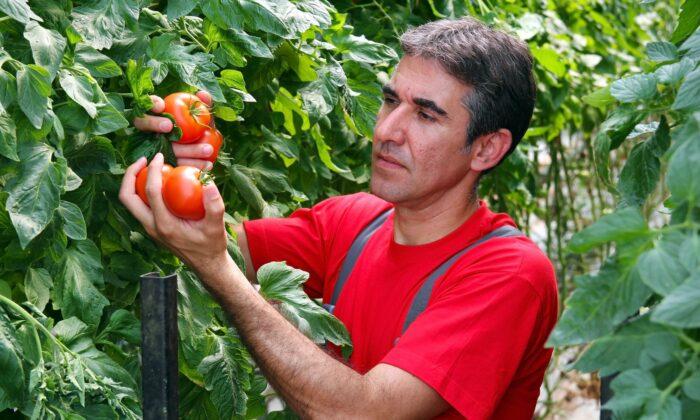
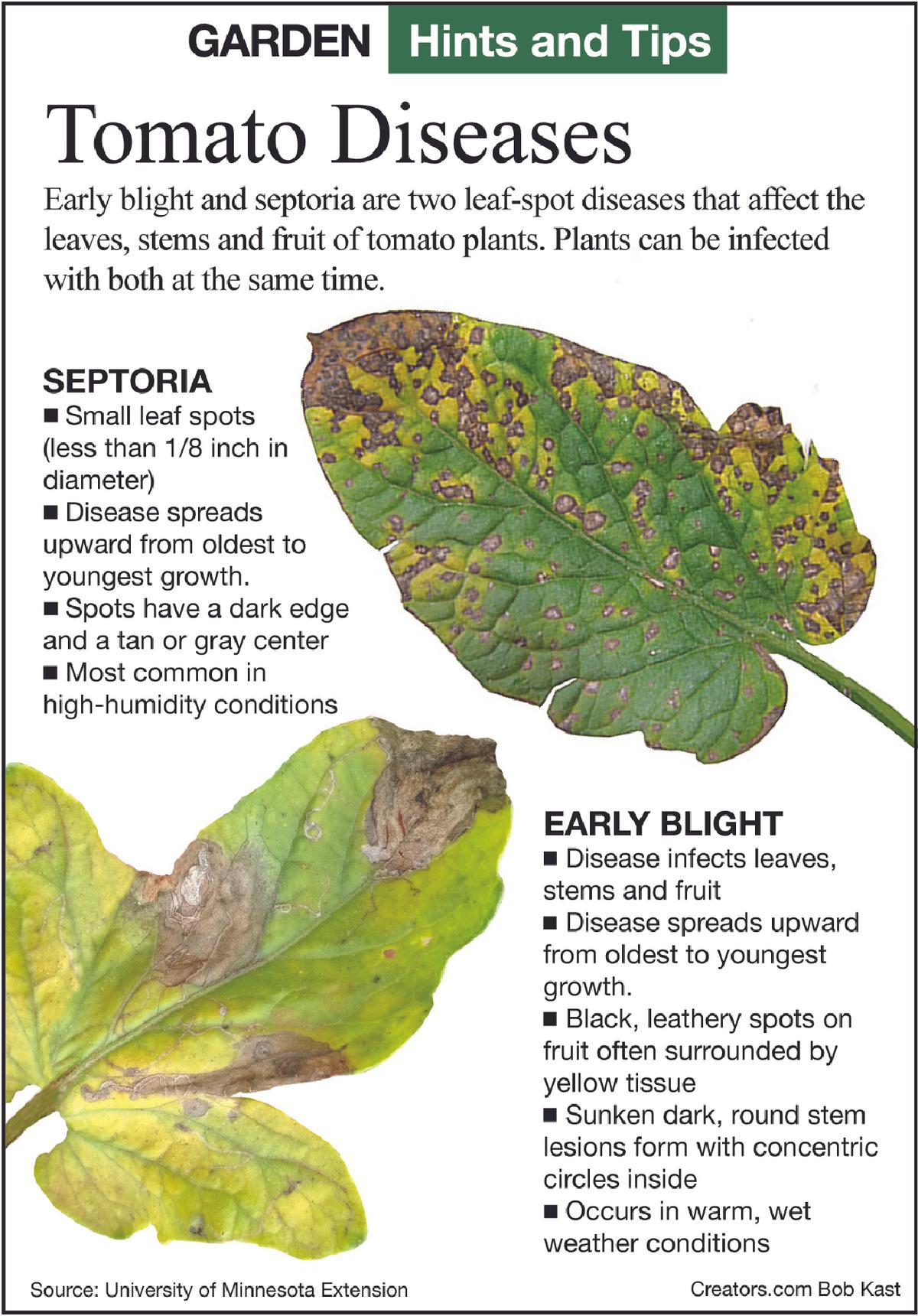
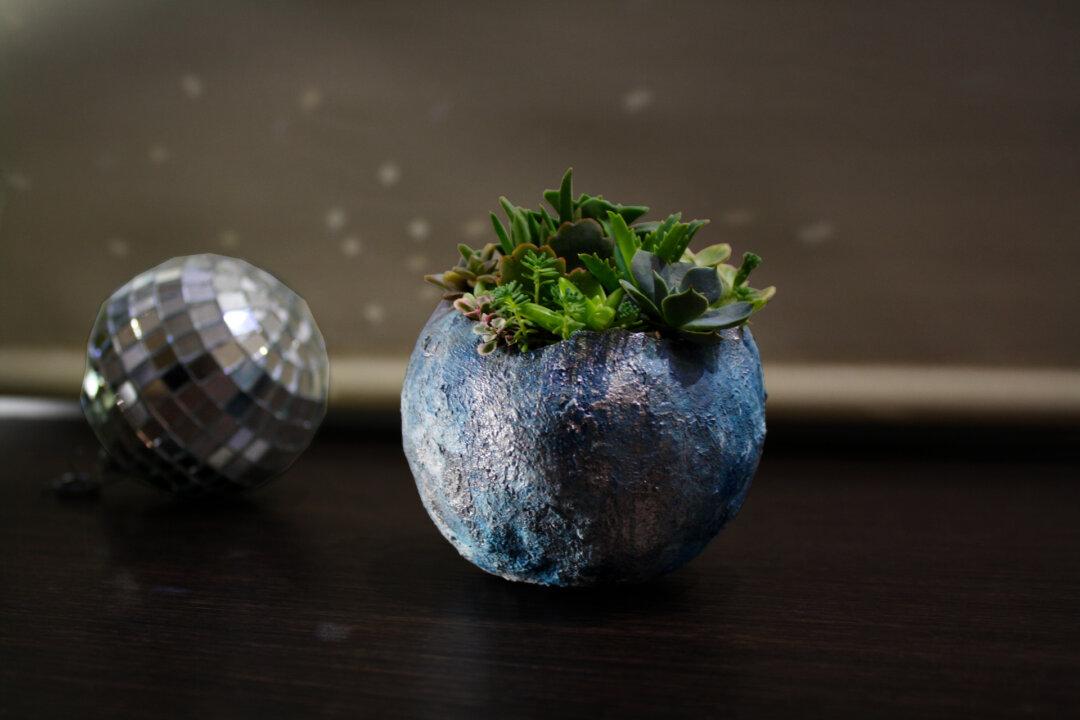
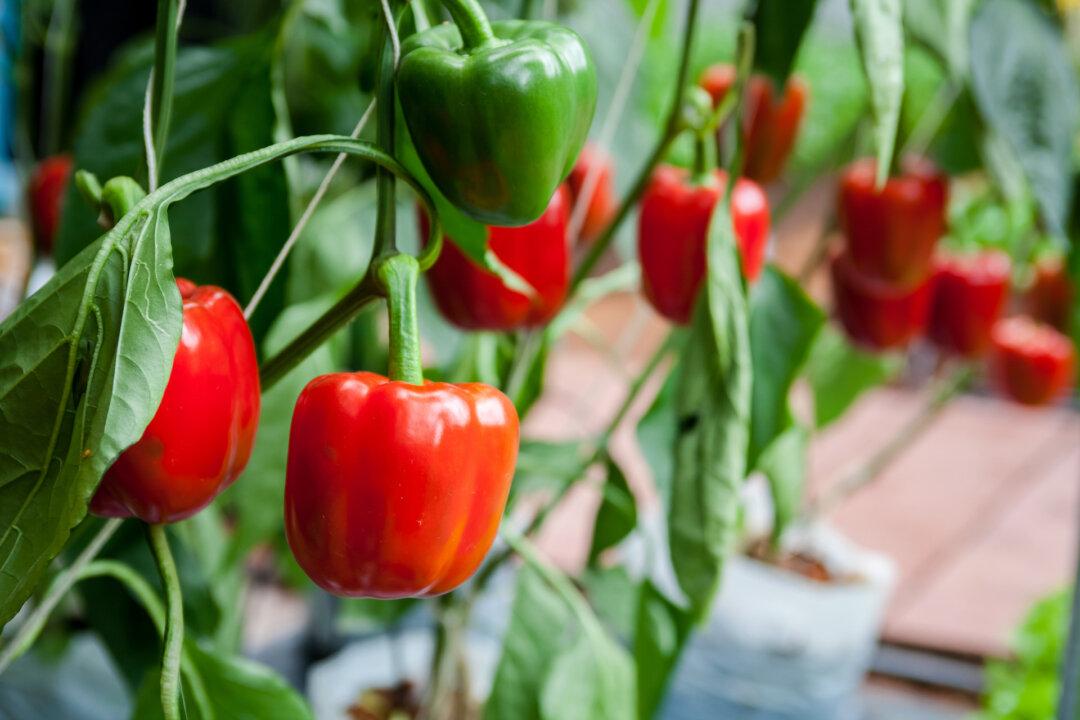
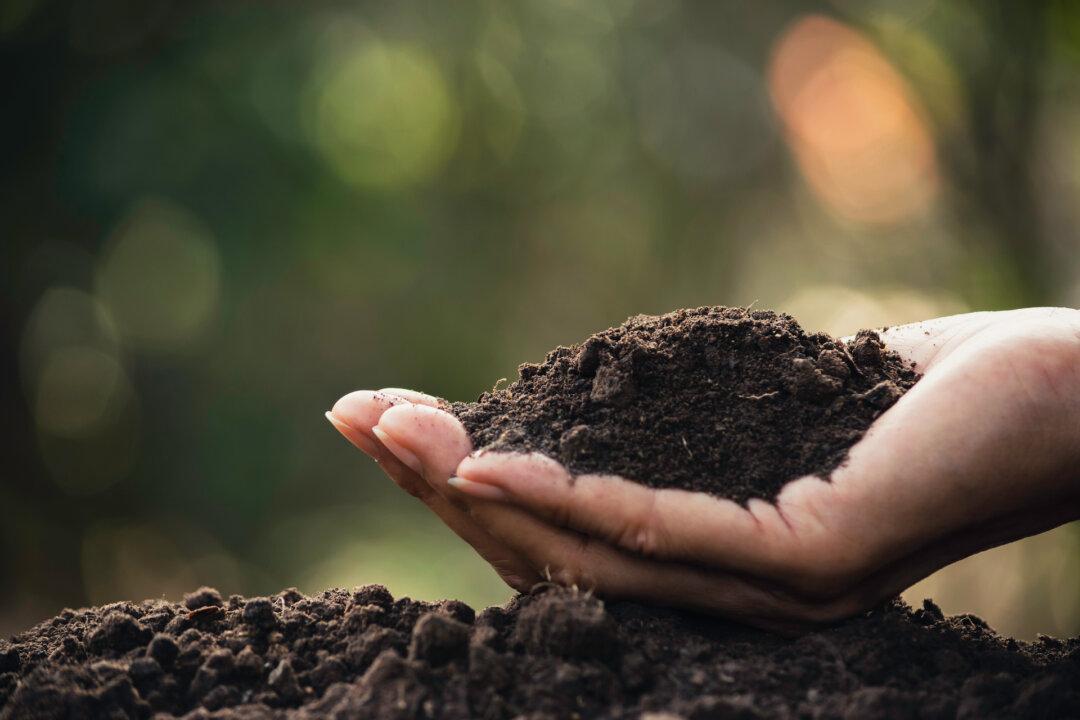

Friends Read Free